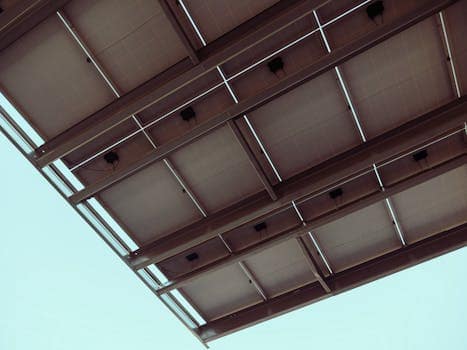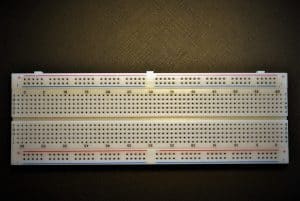Bacterial Batteries: Biological Power Sources
If you thought bacteria were only responsible for causing diseases and infections, think again. Scientists have discovered a potential power source hiding within these tiny organisms – bacterial batteries. Yes, you read that right. These microscopic creatures have the ability to generate electricity, paving the way for a new era of renewable and eco-friendly energy production. Let’s delve into the world of bacterial batteries and explore how they work, their applications, and their potential impact on the future of energy.
The Science Behind Bacterial Batteries
Bacterial batteries, also known as microbial fuel cells (MFCs), operate on the principle of biocatalysis. Essentially, bacteria act as “bio-catalysts” that facilitate the transfer of electrons from an organic substrate (source of food) to an electrode, generating electricity in the process. This electricity can be harnessed and used to power various devices.
There are two types of bacterial batteries – mediator-based MFCs and mediatorless MFCs. In mediator-based MFCs, a mediator – a chemical compound that transfers electrons between the bacteria and the electrode – is used. On the other hand, mediatorless MFCs use bacteria that are directly attached to the electrode to transfer electrons.
Several types of bacteria have been identified as potential candidates for bacterial batteries. These include E. coli, Shewanella, Geobacter, and Pseudomonas, among others. These bacteria possess specific enzymes and proteins that allow them to transfer electrons from the organic matter they consume to the electrode, producing electricity in the process.
The Applications of Bacterial Batteries
The potential uses of bacterial batteries are vast and diverse. One of the most promising applications of this technology is in wastewater treatment. As bacteria feed on organic matter present in wastewater, they can simultaneously generate electricity. This not only provides a sustainable way to treat wastewater but also produces clean energy in the process.
Bacterial batteries can also find applications in remote areas with limited access to electricity. Microbes naturally present in soil, such as Geobacter, can be utilized to generate electricity from the soil itself. This opens up new possibilities for powering off-grid communities and reducing reliance on fossil fuels.
Another potential use of bacterial batteries is in medical devices. Researchers have successfully developed miniature bacterial batteries that can be implanted in the body to power medical devices such as pacemakers. This eliminates the need for frequent battery replacement surgeries, reducing risks and costs for patients.
The Future of Bacterial Batteries
Bacterial batteries are still in the early stages of development, and there is much ongoing research to further improve their efficiency and stability. One key challenge scientists face is scaling up the technology for commercial use. However, the potential benefits of bacterial batteries cannot be ignored.
With the growing concern over dwindling fossil fuel reserves and climate change, renewable energy sources like bacterial batteries may hold the key to a more sustainable future. These batteries have the potential to provide clean, renewable energy while also tackling other environmental challenges, such as wastewater treatment.
Furthermore, the use of bacterial batteries can significantly reduce our carbon footprint and help us move towards a greener and more sustainable world.
In Conclusion
Bacterial batteries are more than just a scientific curiosity – they have the potential to revolutionize the way we produce and use energy. These microscopic powerhouses could not only provide an alternative to fossil fuels but also help tackle environmental issues such as wastewater treatment and reduce our dependence on the grid. As research and development in this field continue, we may see bacterial batteries powering our homes, cars, and even our bodies in the not-so-distant future.








